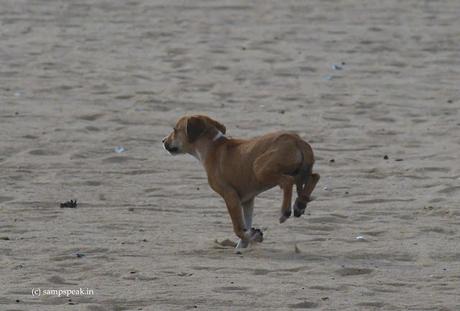The great game of Cricket is all about ‘runs and wickets !’ .. .. fundamental Q – ever read the definition of a ‘run in Cricket’ ? According to ICC rules – the score shall be reckoned by runs. A run is scored
18.1.1 so often as the batsmen, at any time while the ball is in play, have crossed and made good their ground from end to end.
18.1.2 when a boundary or a Six is scored.
18.1.3 when Penalty runs are awarded.

How old are you ? – if you are middle-aged ! – the Q is not how fast you can run ! what one consciously may not know is one who has not ran for the past 5 years or so, would find it extremely difficult to run even for 50M distance! – try that !! In the animal kingdom, running is different – the speed can mean the difference between life and death. Predators use their speed to overtake and overpower their prey, while animals with few other defenses rely on speed to avoid becoming dinner. That way deer has to run faster than the fastest of its chasing predator be it lion, tiger, wolf, hyena, or whatever – the predator has to run faster than the slowest of its prey !!
Most animals have four legs and run on all four – whether their forelegs or hindlegs run faster ? - read something on the mechanism of coordination of stepping in the fore and hind legs of quadrupeds, The forelimbs and hindlimbs each consist of a series of bones, meeting the trunk of the body at the pectoral (forelimb) or pelvic (hindlimb) girdle. The pectoral girdle of most mammals consists of a shoulder blade (scapula) and in many, a clavicle. The scapula lies alongside the rib cage and spine. It is connected to those structures by muscles and ligaments rather than being immovably fused to them. The clavicle, if it is present, runs from the region of the articulation between scapula and forelimb to the anterior part of the sternum.
Capable of going from 0 to 60 miles per hour in less than three seconds, the cheetah is considered the fastest land animal, though it is able to maintain such speeds only for short distances. Lions are also quite fast when hunting prey, with a top speed of about 50 miles per hour. However, the common prey of African big cats can be pretty speedy as well. The springbok, for example, can reach 55 miles per hour when pursued, and the blue wildebeest has been clocked at 50 miles per hour.
Some terrestrial animals are built for achieving extremely high speeds, such as the cheetah, pronghorn, race horse and greyhound, while humans can train to achieve high sprint speeds. There is no single determinant of maximum running speed: however, certain factors stand out. These factors include: Muscle moment arms, foot morphology, muscle architecture, and muscle fiber type. Each factor contributes to the ground reaction force (GRF) and foot contact time of which the changes to increase maximal speed are not well understood across all species.
GRF is a common variant which is studied in running gait. It has been shown in humans that as velocity increases, there is a linear increase in the vertical GRF. The GRF during running exceeds the body weight and therefore the extra force must be applied by the body. Foot contact time, or stance time, is the time that the foot is in contact with the ground.
"Cheetahs are muscular," researchers points out. "People look at cheetahs in a zoo and see a sort of two-dimensional coat rack, but a wild cheetah doesn't look like that. A wild cheetah has quite a bit of muscle on it. They're much more substantial than a greyhound. They've got big legs, big shoulders, lots of powerful muscles – that's an important part of being an athletic animal." These strong muscles are supported by other useful anatomical features that allow them to move forward from the ground very quickly, as well as turning.
When it comes to running, one may not have thought Hippos in their list.A pair of evolutionary biomechanics specialists at the University of London's, Royal Veterinary College, has found that when hippos run at full speed, all four of their feet are regularly in the air. The hippopotamus has earned a reputation as being one of the most dangerous animals in the world to humans. They are known to attack when provoked and to give chase when the need arises. They are also very large, with males averaging 1,500 kg and females 1,300 kg. For such a large animal, they also run surprisingly fast—some have been clocked at speeds up to 30 km/hr.
Running is good exercise – so I watch Athletics and Nat Geo regularly – Good morning pic post of aasami Sirippu Sinthanaiyan.
With regards – S Sampathkumar
26.9.2024

